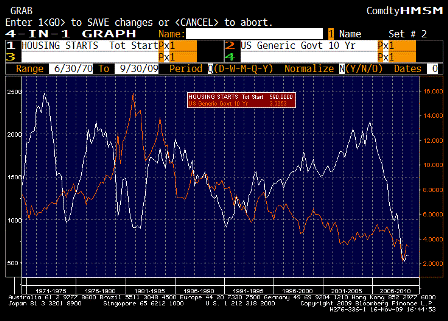From comments by Warren Buffet to Alan Greenspan,
And from all the responses to the S&P downgrade by economists and financial professionals from the four corners of the world,
THE WORD IS OUT!
The US government is the issuer of the US dollar.
So no matter how large the federal deficit might be:
The US government can always make any payments in US dollars that it wants to.
There is no such thing as the US govt running out of US dollars.
The US government always has the ‘ability to pay’ any amount of US dollars at any time.
NOW CONNECT THE DOTS TO:
The US is not dependent on tax revenue or foreign borrowing to be able to spend.
And,
whereas Greece is not the issuer of the euro,
much like the individual US states are not the issuer of the US dollar,
THERE IS NO SUCH THING AS THE US BECOMING THE NEXT GREECE
There is no such thing as the US getting cut off from spending by the financial markets and forced to go begging to the IMF to get US dollars to spend.
Nor is the US government subject to market forces driving up interest rates on US Treasury bills.
EVEN AFTER BEING DOWNGRADED US TREASURY BILL RATES REMAIN NEAR 0%
Why, because, any nation that issues its own currency also sets its own interest rates.
So in the US, the Federal Reserve Bank votes on the interest rate
SO, THEN,
WHAT IS THE POINT OF DEFICIT REDUCTION?
Suddenly, it’s NOT solvency.
The US is suddenly NOT going broke.
Social Security is suddenly NOT broken.
There is suddenly NO risk the US will not be able to make all payments as promised.
So now,
the deficit hawks must CHANGE THEIR REASONS FOR DEFICIT REDUCTION
or shut up!
they must FLIP FLOP
or shut up!
Yes, there is a new reason they can flip flop to.
Inflation.
They can start claiming the current path of deficit spending will lead to inflation.
Fine.
Bring it on!
First, they need to do the research, as they haven’t even thought about this yet.
Then they have to convince Congress to cut social security and medicare
Not because we might become the next Greece
Not because the US government checks might bounce someday
Not because the deficit will burden our grand children
But ONLY because some day,
if we don’t do something when the time comes
and even though we don’t have an inflation problem now,
and haven’t had one in a very long time,
SOME DAY far in the future,
inflation might go from x% to y%.
Fine.
Do you think Congress would take draconian steps now,
during this horrendous recession,
to make things worse
by cutting Social Security?
and by cutting funding or public infrastructure?
and by raising taxes?
How about we get the word out and find out, thanks!
Please distribute!


